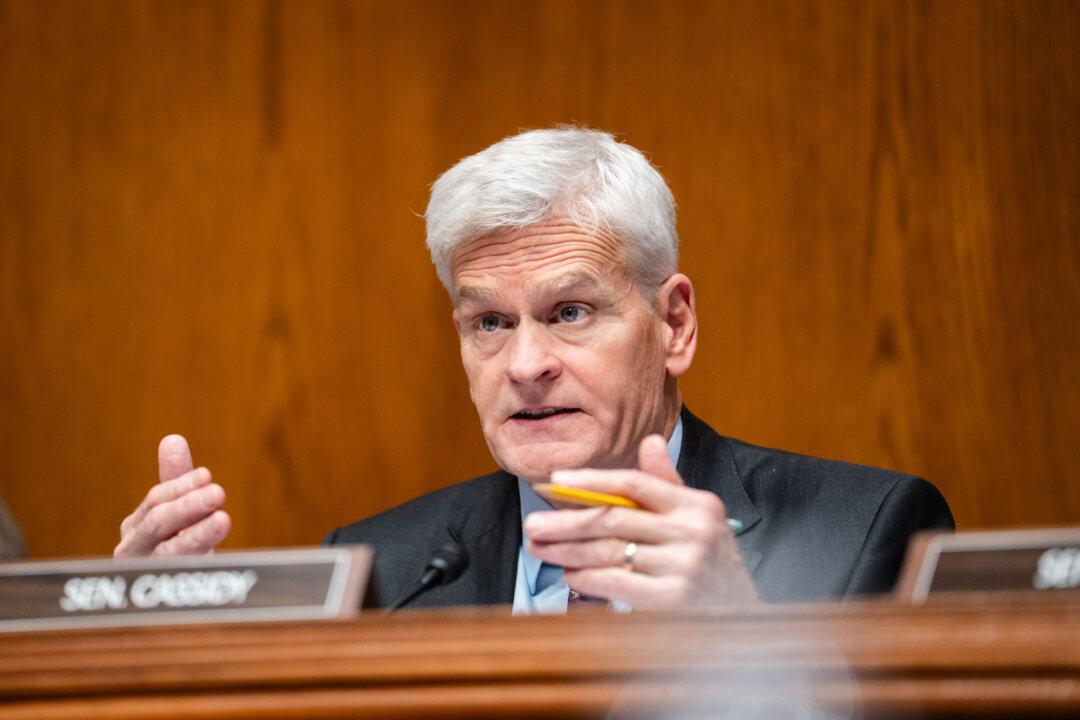A group of congressmen met in Yosemite National Park to push for more reasonable regulation regarding forest management. The lawmakers asked that the same measures that saved California’s South Lake Tahoe from the 2021 Caldor fire should be applied to other areas of the nation before the damage becomes irreversible.
The House Committee on Natural Resources, led by Chairman Bruce Westerman (R-Ark.), hosted the committee’s outdoor hearing at the Curry Village Amphitheater in Yosemite National Park on Aug. 11, pointing to the need to preserve the national park from what many believe to be the inevitable devastation of future fires.





